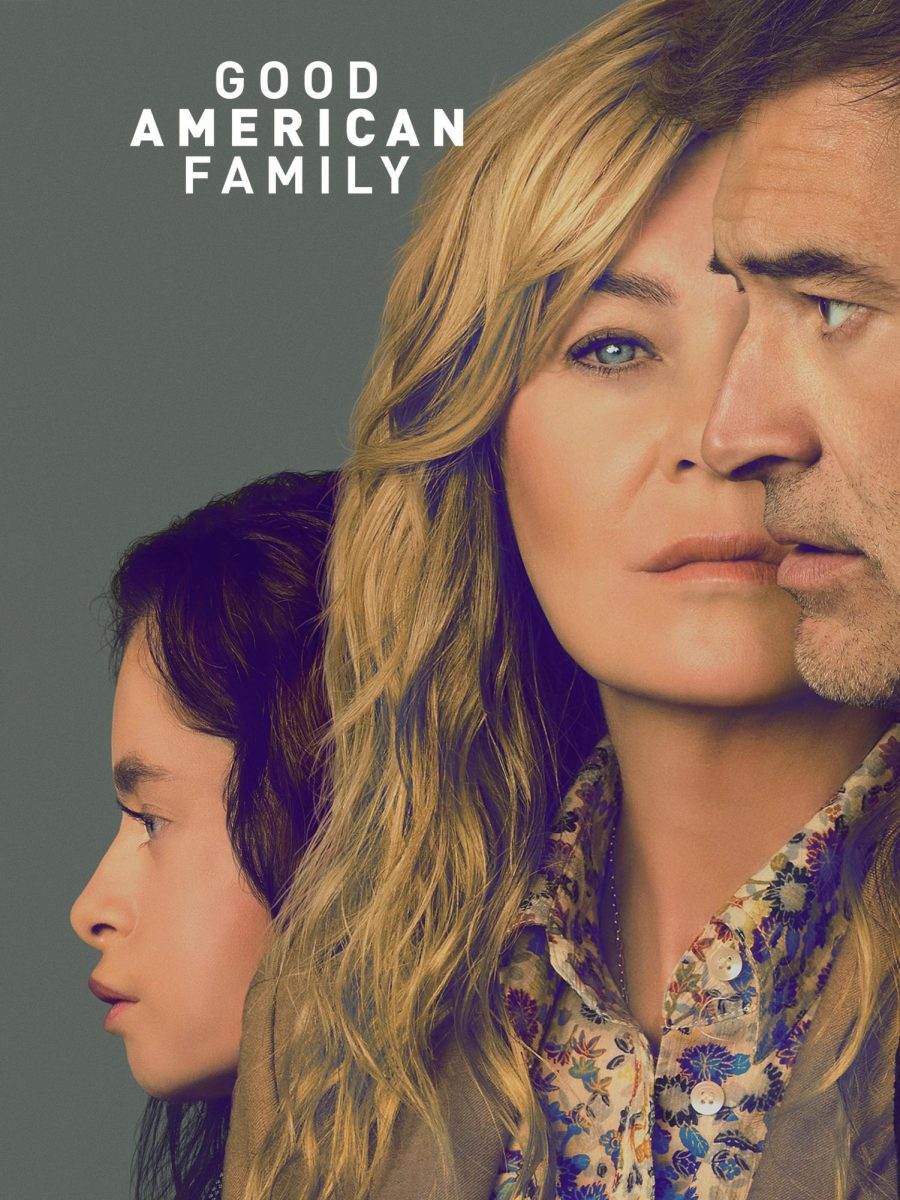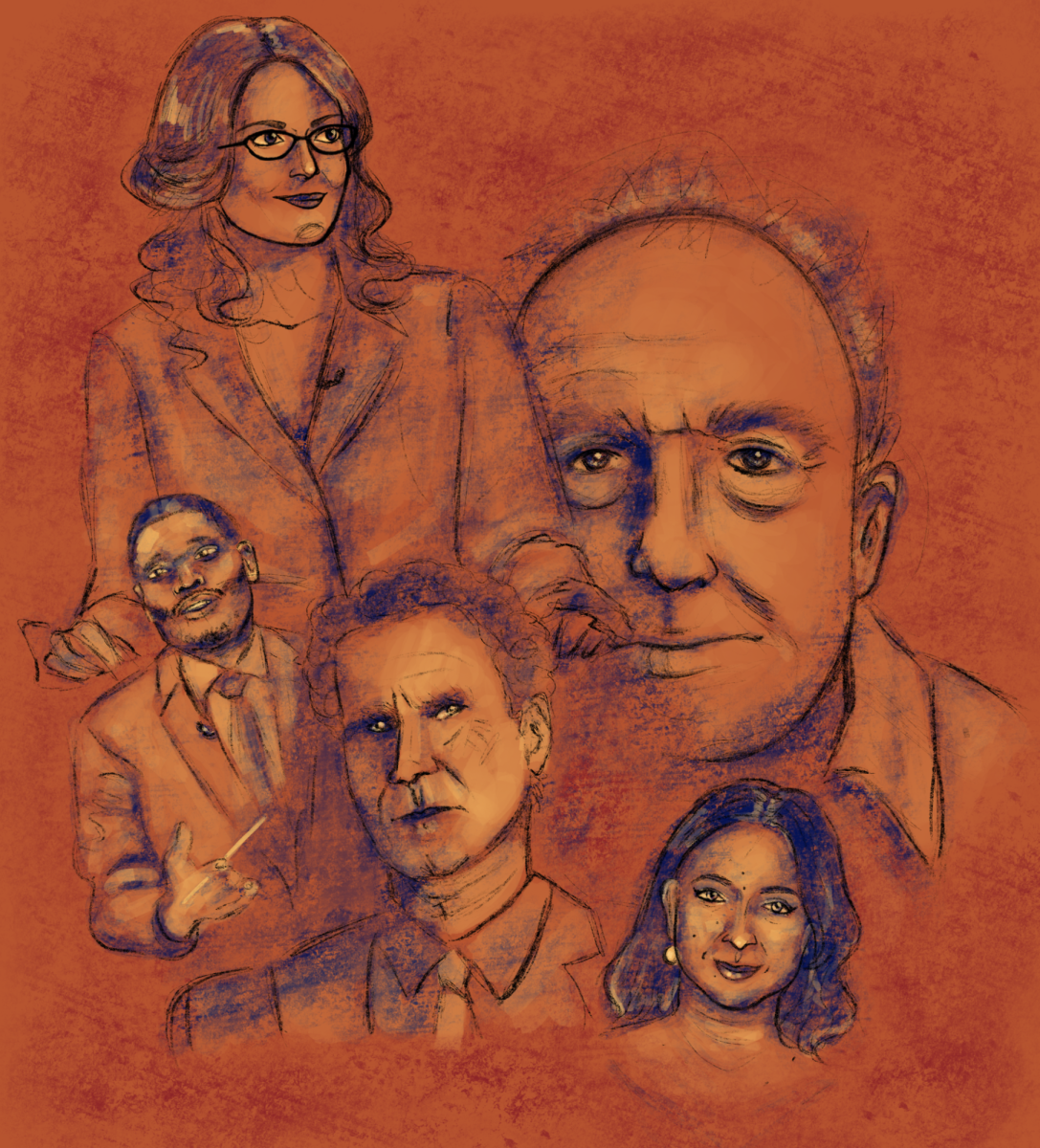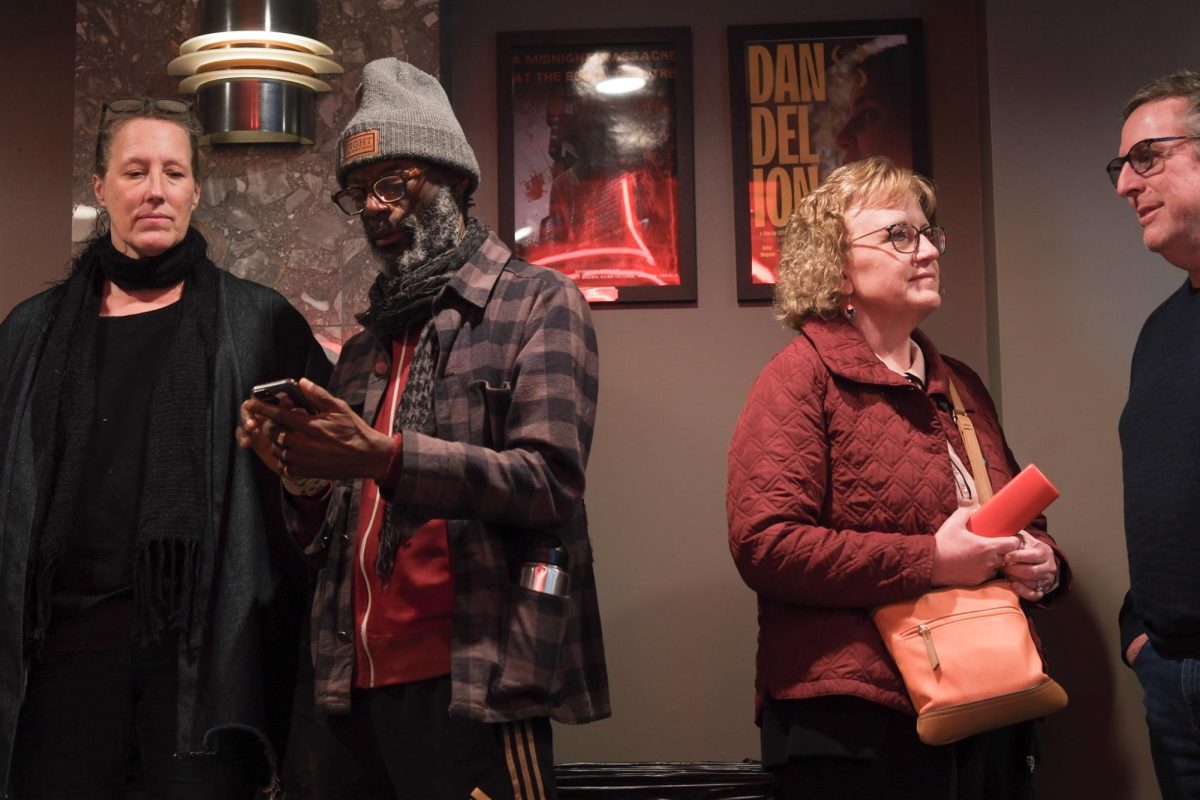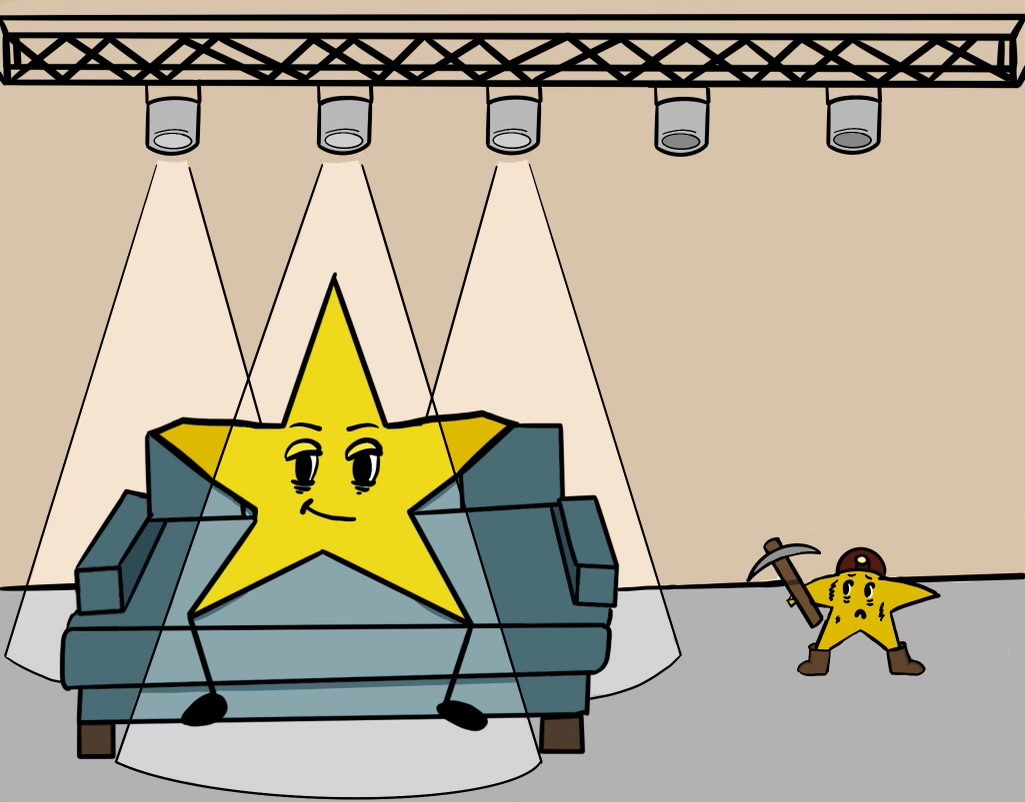On Dec. 14, popular radio station WDGY, The Original Rock & Roll Station, celebrated its 100-year anniversary. WDGY is one of Twin Cities’ first radio stations, and throughout its time on air, the station has grown and changed in numerous ways.
WDGY was originally started by Dr. George W. Young in 1924, who broadcasted from his own home in Minneapolis. “He [Dr. George W. Young] was kind of the ultimate showman. The self-promoter,” current President of Borgen Broadcasting, Brent Borgen, said in an interview with CBS News Minnesota. “He had a Rolls Royce, and he would drive down Broadway blaring the music of his station.” WDGY has undergone multiple transformations throughout the years: it was a rock station, a country music station, and even a sports talk radio station at one point. WDGY has been family-owned for the last three generations by the Borgen family and currently plays classic rock and roll music.
WDGY’s 100-year anniversary raises an interesting question. With the increase in curated music apps, such as Spotify, and video news outlets, how does radio stay relevant?
A recent study from the Pew Research Center showed that in 2022, 82% of people aged 12 or older listened to the radio often. This high percentage can be attributed to some of radio’s key advantages over streaming. First, radio is extremely accessible, and can be listened to on all devices and in vehicles. Second, and more importantly, radio is personal. Popular radio hosts bring a live element to their audience by engaging them in conversations, games, and giveaways.
Not only that, but it provides opportunities for people to broaden their musical horizons. “I think what’s cool about radio is that you are going to be exposed to things that you’re not seeking out and I think it’s really healthy to be exposed to things that aren’t necessarily already your cup of tea,” Edina High School English teacher, Sally Larkins, said. “I hope it continues to thrive as a medium because, as I said, there is something extremely equalizing about it and I think we need more elements of culture that bring us together.”
This piece was originally published in Zephyrus’ print edition on January 25, 2024.








